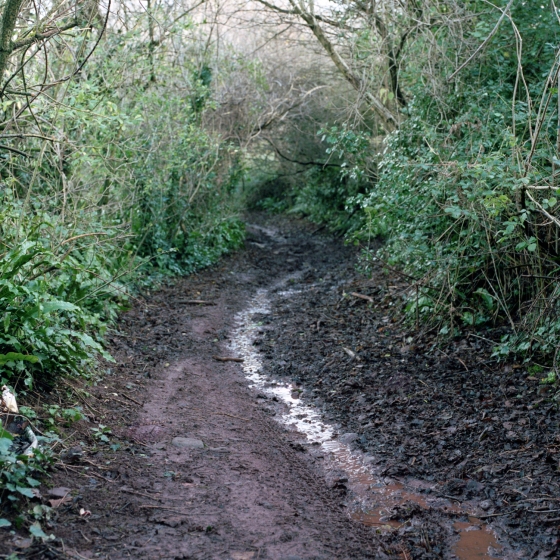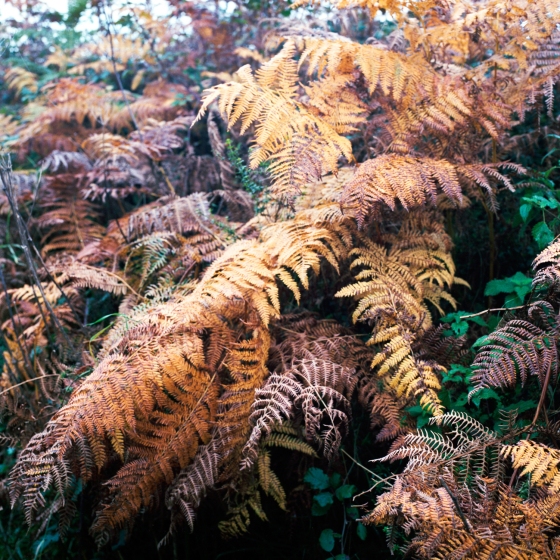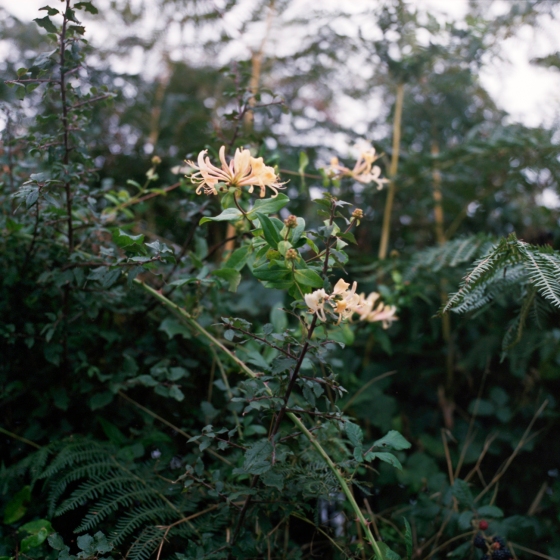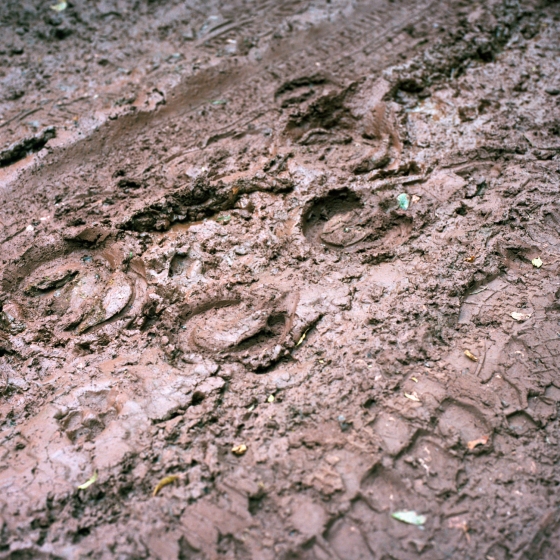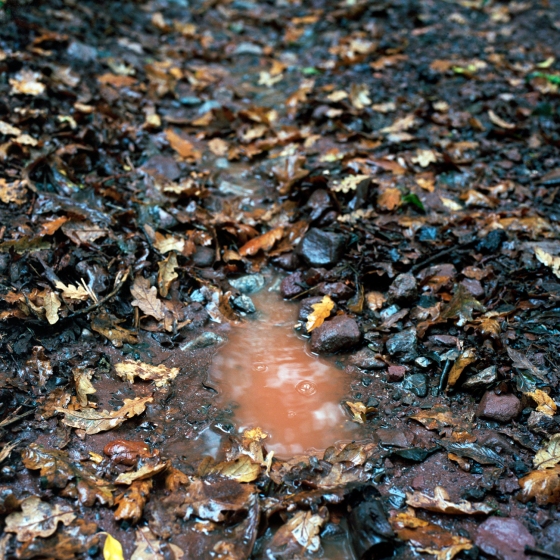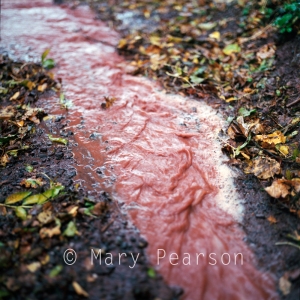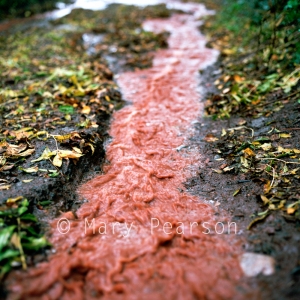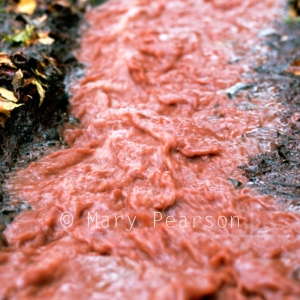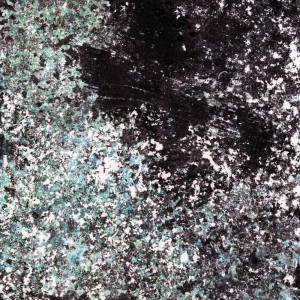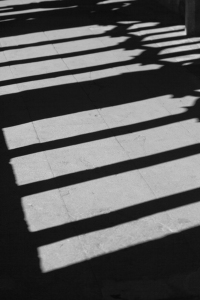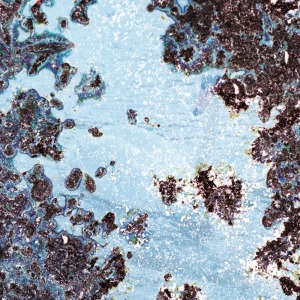Step in harmony
within natures holloways
a continuum
Not far from sand and sea, with the sounds of families having fun, lies a hidden, almost forgotten world: the world of ‘Sunken Lanes’. In some counties, they are ‘holloways’; in Devon, they are known as ‘Green Lanes’, so called by their very nature; a verdant tunnel of wild flowers, hedgerows and trees. There names offering an insight into their form and structure. This other world is a portal to an ancient time and reminiscent of ancient ways.
Many routes have a pre-historic heritage, like The Ridgeway; others, like The Pilgrims Way have been immortalized in Chaucer’s ‘Canterbury Tales’. Most ancient lanes have a private history, and it is into this secluded world that I enter, quietly, reverently and respectfully. The lanes are awash with the sights and sounds of nature: the rustling of leaves, the whipping of the wind through the overarching branches, insects scrabbling in their own hidden world, whilst the tracks of horse and boot indicate travellers moving onward into this other world. When walking these lanes, I am transported in both mind and body to another place and another time. I am mindful that rural practices have been the backbone of our heritage; hunter gatherers evolved into settled communities and the land was tamed. The organizing of field systems led to the growth of communities and parishes. Movement between field, stockade and communities brought about the creation of route ways.
As I walk these lanes, dressed in the correct walking clothes and boots, with a camera in hand, I have the words of Thomas Hardys’ Tess D’Urbeville echoing in my mind ‘…walking among the sleeping birds in the hedges, watching the skipping rabbits on a moonlit warren…’ Romanized words of Tess D’Urbeville’s life of rural servitude in 18th century Dorset, but an accurate description of what you would see on a leisurely walk along our Green Lanes.
Today, the Green Lanes of Devon are used primarily for recreation than agriculture. No longer does the shepherd lead sheep from field to field: no longer do horses and carts transport winter feed to cows; now, it is the jogger, the motor bike scrambler, the horse rider and walker who uses the lanes for pleasure and exercise. Much of our post-modern society has little knowledge of the countryside and its ways, and many have lost sight of the value of our rural heritage. The wheel ruts of carts are replaced by the tyre tracks of scrambling bikes: it is as though the wheel remains the constant, but the purpose has changed from work to leisure. The same can be said of the horse: once the muscle-power of the farmstead, the steeds that now use this route way is for gentle exercise.
How life has changed!
Like the ‘created track made by the land-artist Richard Long, where movement along a route produces an impression: the more the route-way is used, the deeper, more permanent the track becomes. Green Lanes provide us with an example of well-worn trails; many of which can be traced to the Anglo-Saxon period. For expediency, they followed the most direct path, in harmony with the contours of the landscape. These are routes, acted as a pointer of both purpose and need. Agricultural pursuits have always been a matter of survival, where poor weather can leads to crop failure and starvation, although today, not as acute as in our Early History. Working on the land and with the land was, still is a series of tensions: a challenging, unforgiving existence, where hard work alone does not equate with success.
The winter of 2015-2016 has been the wettest on record with crops flooded, excessive soil run-off and winter grazing waterlogged. The rural idyll is a myth, often forgotten by those whose existence is unrelated to land-matters. In pre-industrial Britain there was a great socio-economic divide between the agricultural workers and agricultural landowners: between those who did the work and those who reaped the rewards of ownership. Literature and Art have given us a record of rural life, but the rural nirvana was not always blissful. The true reality cannot be adequately portrayed by pen or brush.
Pastoral landscapes were idealized, with verdant pastures, calm surroundings and bountiful harvests, that belied the poverty and hard work of a feudal farming system.
Not far from sand and sea, with the sounds of families having fun, lies a hidden, almost forgotten world: the world of ‘Sunken Lanes’. In some counties, they are ‘holloways’; in Devon, they are known as ‘Green Lanes’, so called by their very nature; a verdant tunnel of wild flowers, hedgerows and trees. There names offering an insight into their form and structure. This other world is a portal to an ancient time and reminiscent of ancient ways. Many routes have a pre-historic heritage, like The Ridgeway; others, like The Pilgrims Way have been immortalized in Chaucer’s ‘Canterbury Tales’. Most ancient lanes have a private history, and it is into this secluded world that I enter, quietly, reverently and respectfully.
The lanes are awash with the sights and sounds of nature: the rustling of leaves, the whipping of the wind through the overarching branches, insects scrabbling in their own hidden world, whilst the tracks of horse and boot indicate travellers moving onward into this other world. When walking these lanes, I am transported in both mind and body to another place and another time. I am mindful that rural practices have been the backbone of our heritage; hunter gatherers evolved into settled communities and the land was tamed. The organizing of field systems led to the growth of communities and parishes. Movement between field, stockade and communities brought about the creation of route ways.
Years ago, what would have my relationship been with the land? Would I have been like Hardy’s Tess, in Tess of the D’Urbevilles, chained to the land by poverty or would I have been born into the gentrified classes of Mr Darcey in Pride and Prejudice or the professional classes described in Trollopes’, Barchester Towers. It is chance that decides our fate.
It is my joy and delight that these lanes offer a time of solitude: with my own thoughts after a long and busy week. I walk to the rhythm of my heartbeat… pacing out the route so that mind and body are one. With an unhurried and deliberate pace, so having time to notice the extraordinary detail that is so often overlooked. I am lost, even for a short time with my thought, as I walk in spirit with those who have walked before me. Our steps in harmony, as we walk as one, across time and space.
Mary Pearson
February 2016







